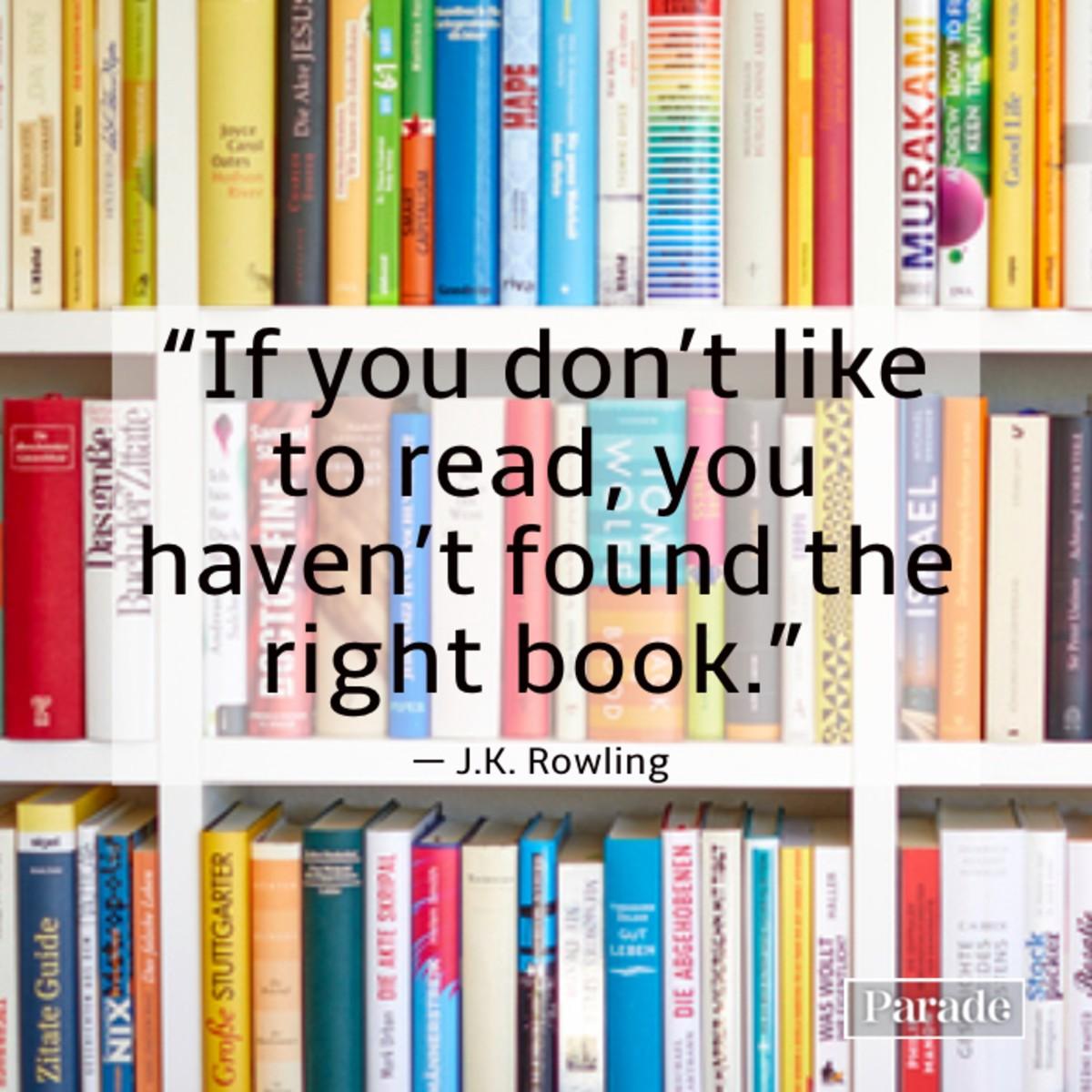

READING WITH YOUR CHILD

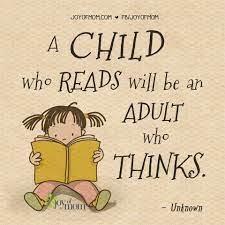
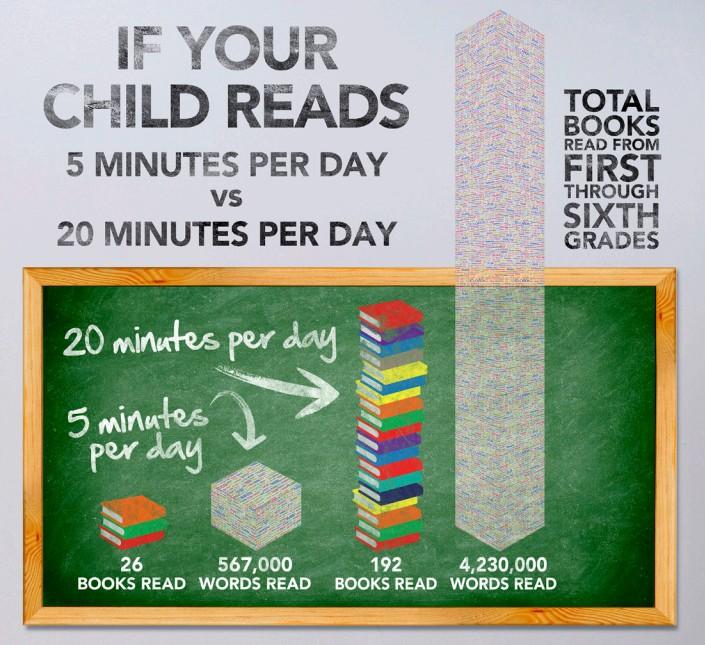
READING ASPIRATIONS
Reading is an essential skill for the whole curriculum.
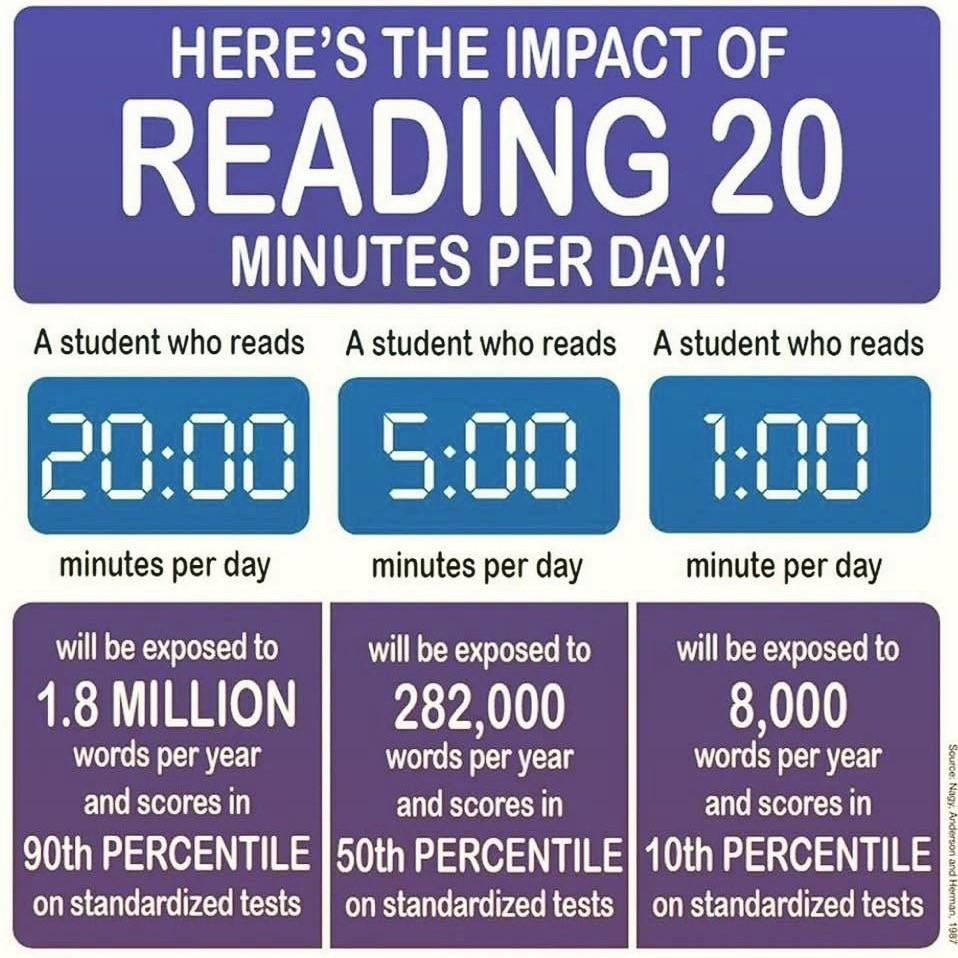
-It improves vocabulary
-Helps develop reasoning
-Develops questioning and enquiry
-Helps students learn to decode (texts and the world)
-Improves visual literacy
-Improves confidence
-Helps with social and emotional development

-Improves writing
-Exposes children to different voices and cultures
-Improves concentration stamina
-Explore more uncomfortable subjects in a safe space
RIGHTS OF A READER

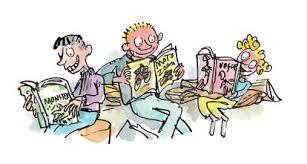
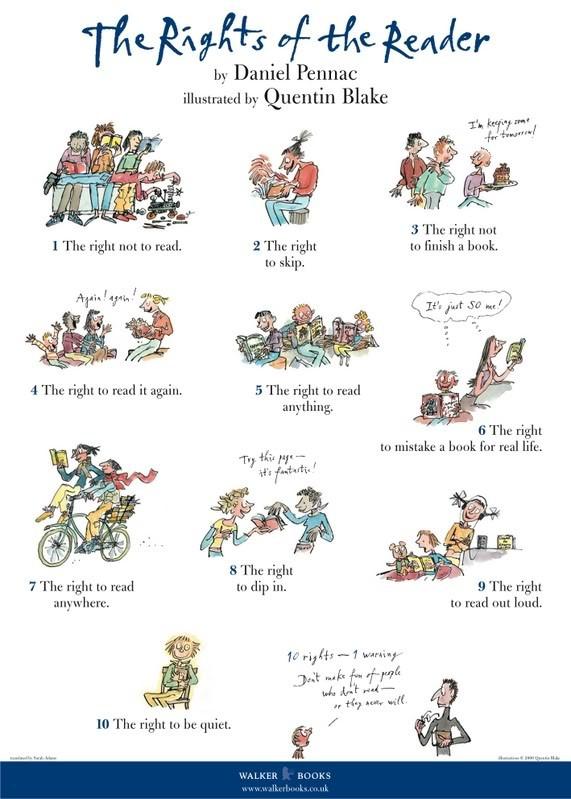
Any of these surprise you?
BOOK CHOICE
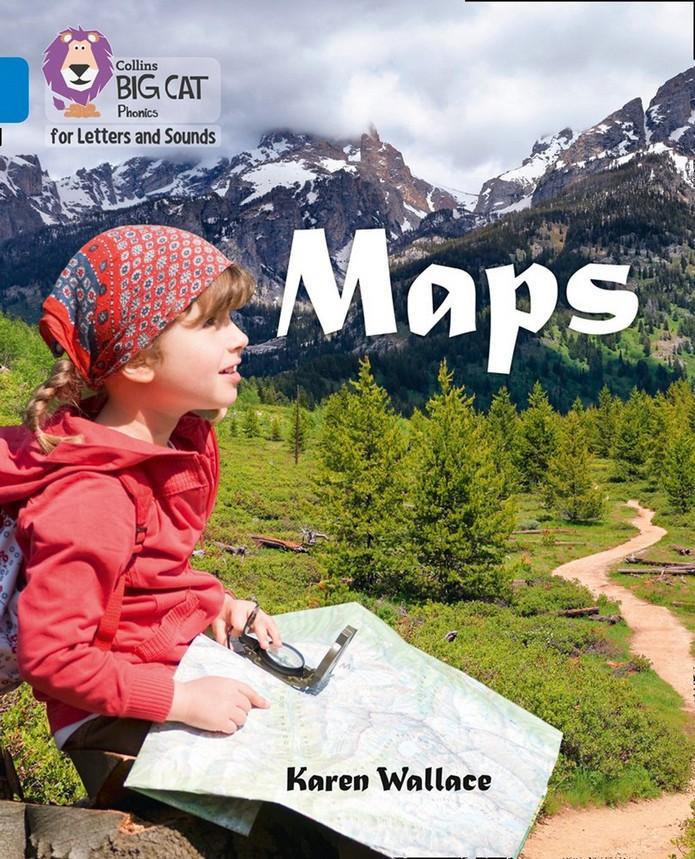
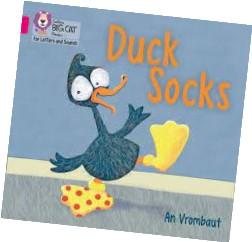

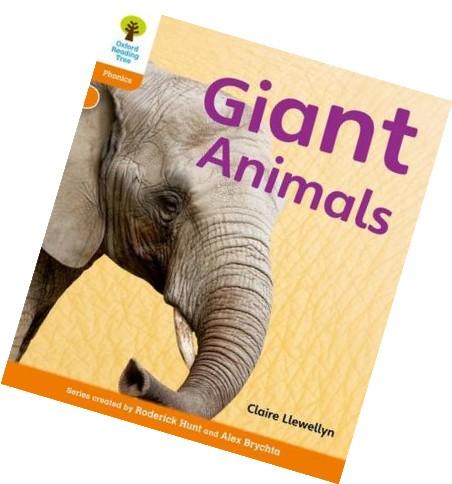
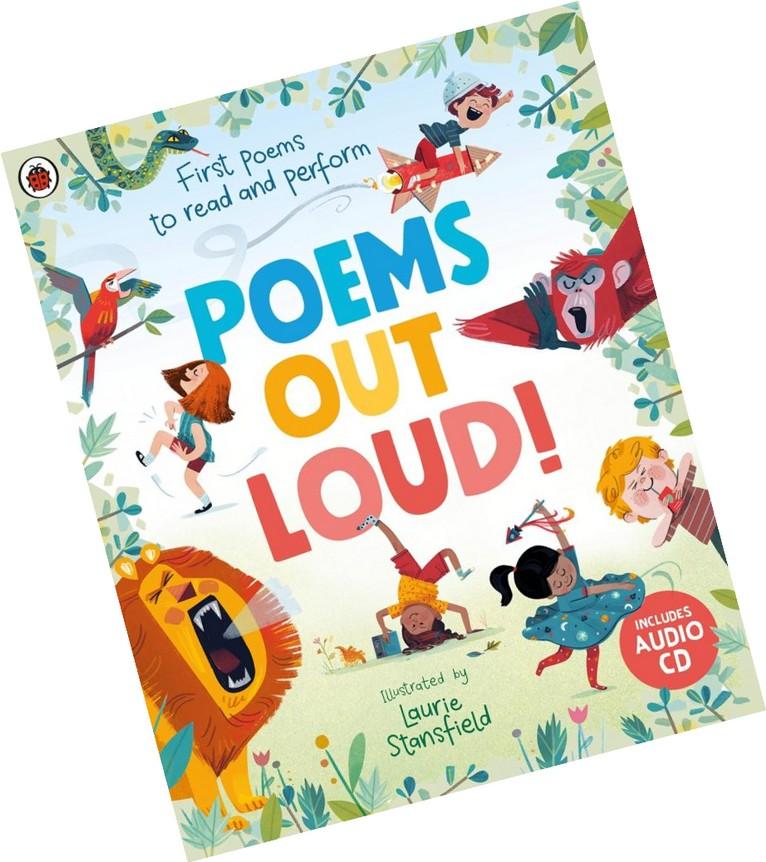
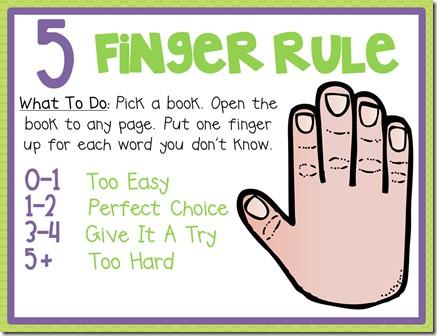
READING TIME


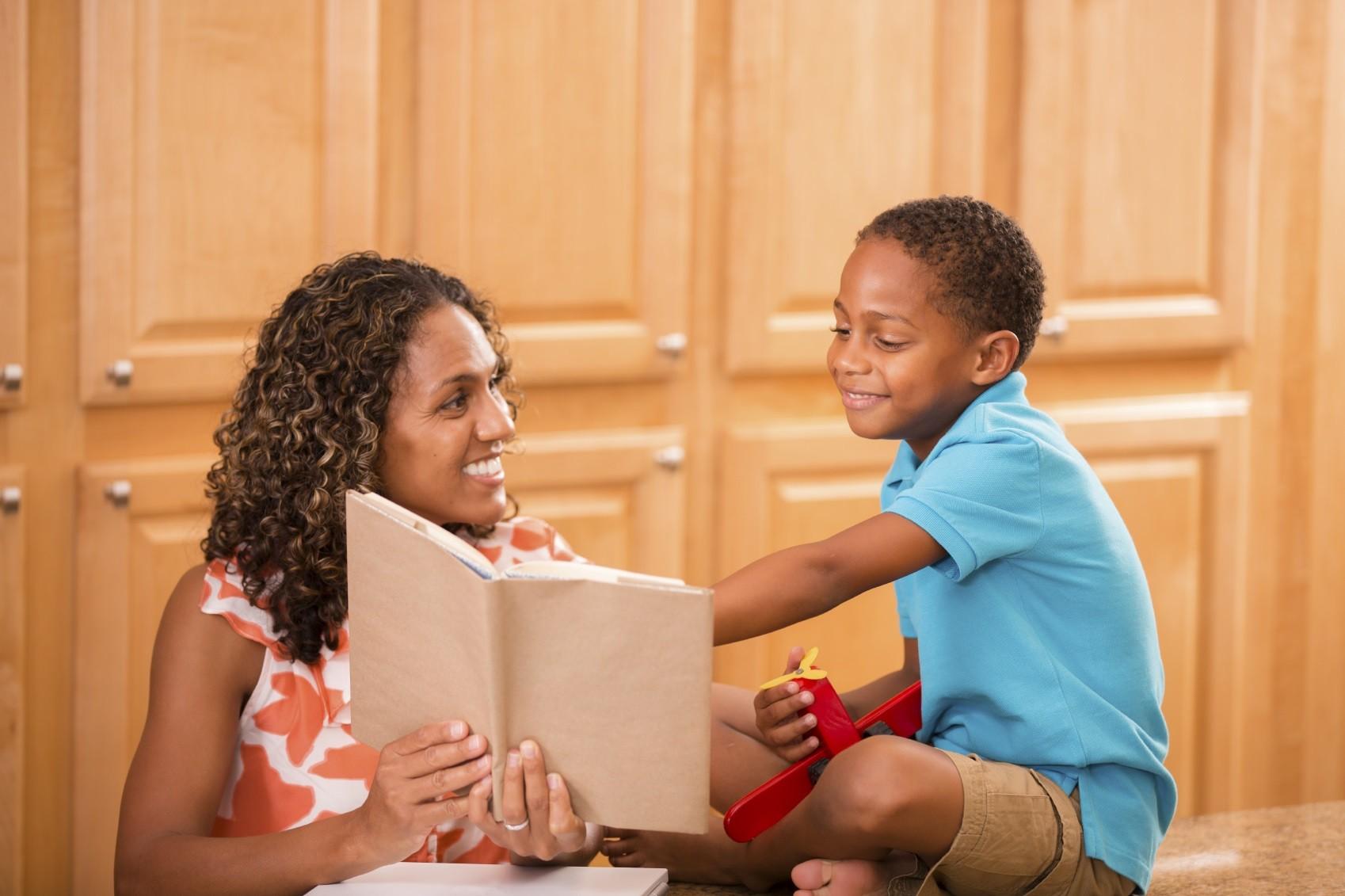

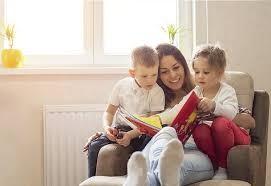
READING ENVIRONMENT


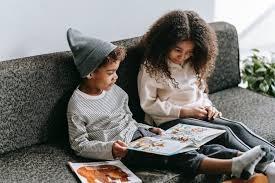



PHONICS

Phonics is a way of teaching children how to read and write. It helps children hear, identify and use different sounds that distinguish one word from another in the English language.
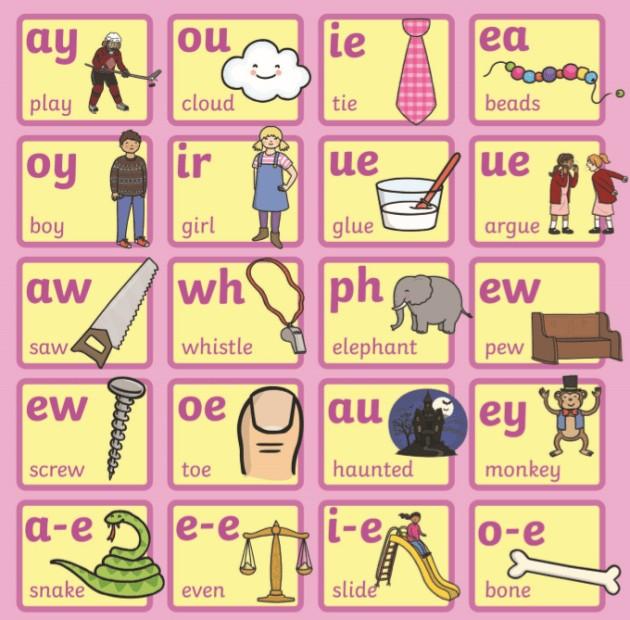
Written language can be compared to a code, so knowing the sounds of individual letters and how those letters sound when they’re combined will help children decode words as they read.
Understanding phonics will also help children know which letters to use when they are writing words. Phonics involves matching the sounds of spoken English with individual letters or groups of letters. For example, the sound k can be spelled as c, k, ck or ch. Teaching children to blend the sounds of letters together helps them decode unfamiliar or unknown words by sounding them out. For example, when a child is taught the sounds for the letters t, p, a and s, they can start to build up the words: “tap”, “taps”, “pat”, “pats” and “sat”
PHONICS THROUGH SHARED READING
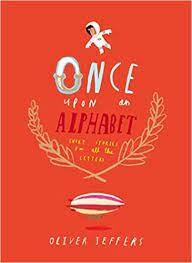
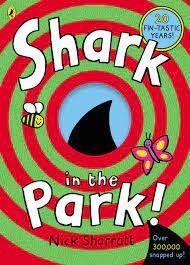

VISUAL LITERACY
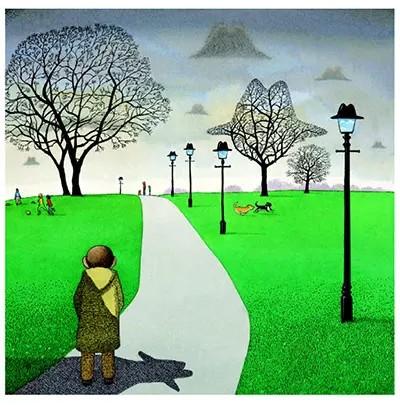
VISUAL LITERACY

EXPECTATIONS

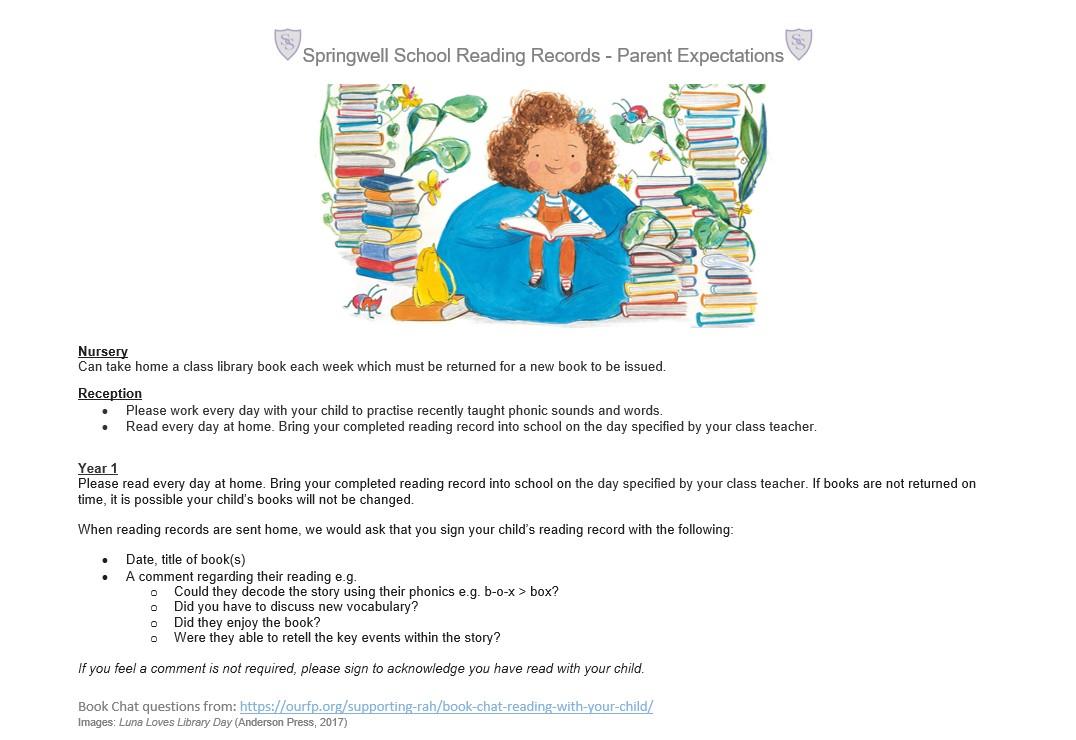
EXPECTATIONS

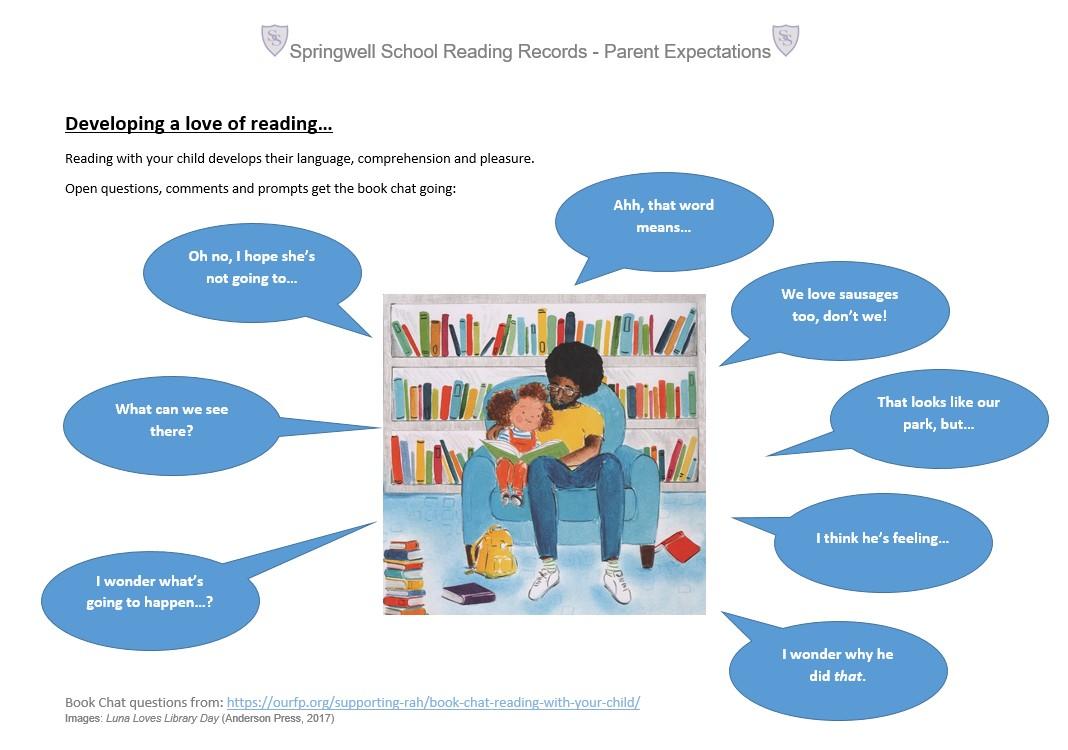
READING RECORDS

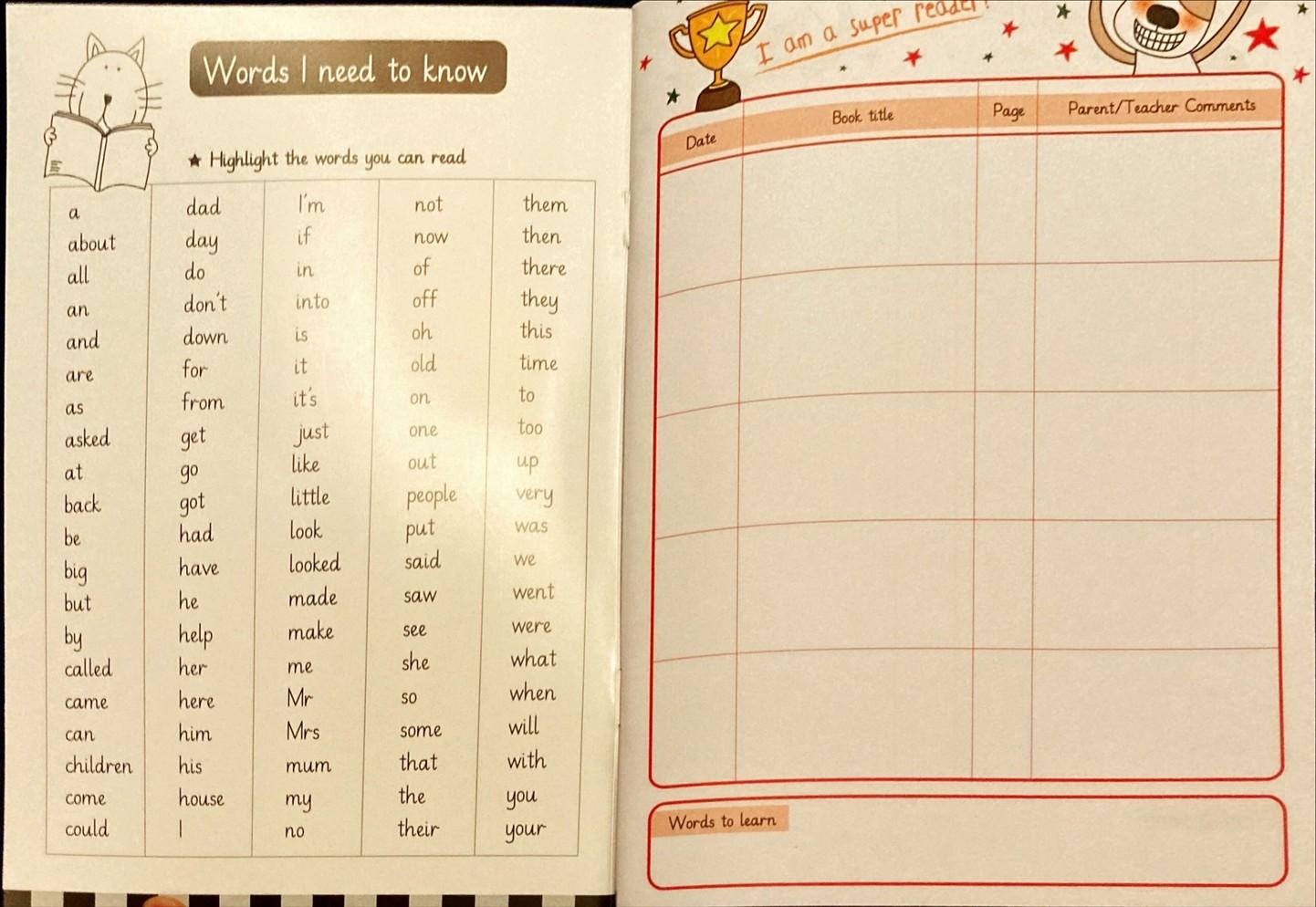
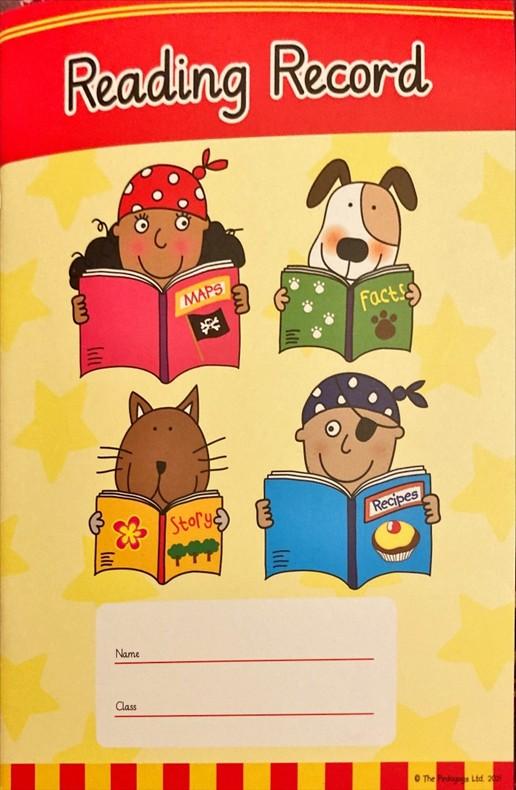
HOW TO COMPLETE THE RECORD

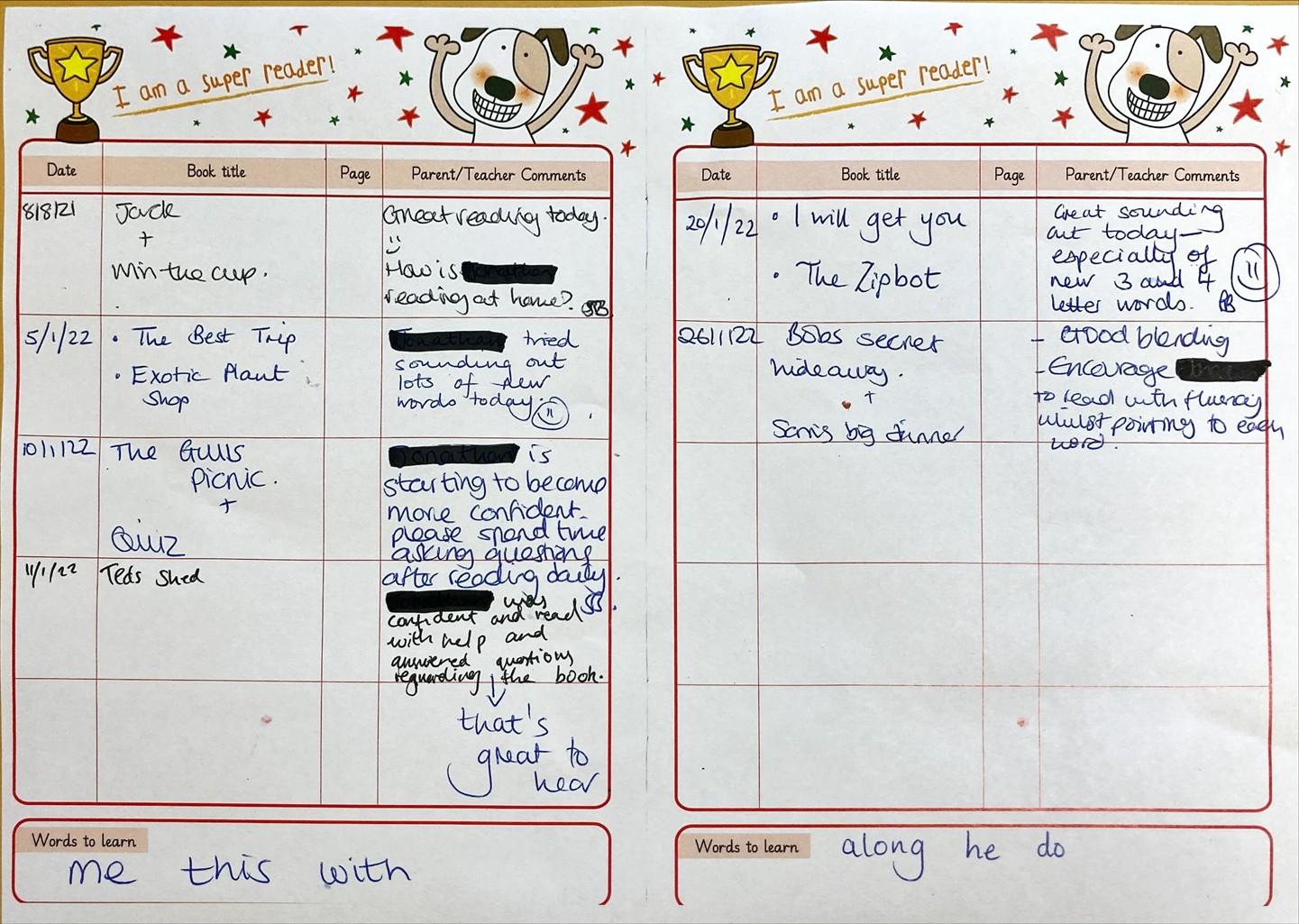
ANY QUESTIONS?

